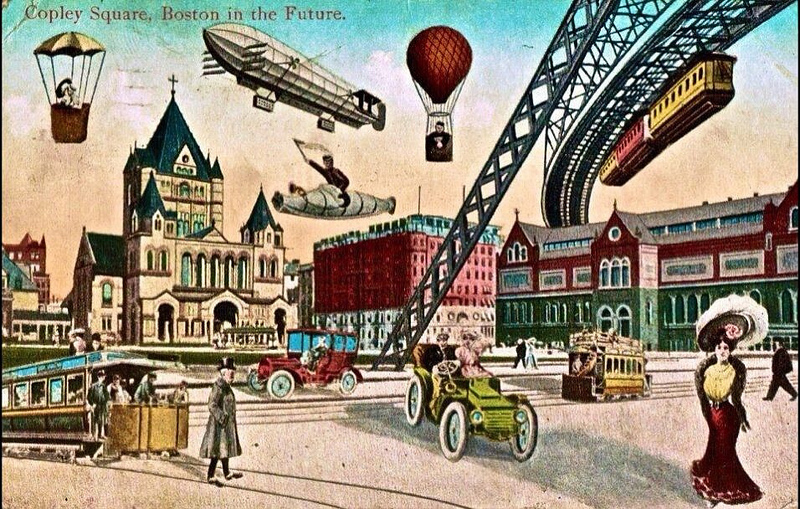I’m deviating a bit from my website strategy series to bring you a post that was originally published on NetSquared. I wrote it with Roshani Kothari, my co-coordinator of NetSquared DC.
Nonprofits often struggle with creating effective content and engagement* strategies. It’s not enough to just share stories about your impact, but how do you mobilize and engage people who are passionate about issues you’re working on? NetSquared DC organized a panel discussion at the innovative co-working space, 1776, on Engagement Strategy: Empowering Champions* and Influencers* on November 3, 2015, to delve into this question.
The panelists included:
- Dale Pfeifer, CEO of GoodWorld
- Maddie Grant, Founding Partner at Culture That Works and NTEN Board Member
- Andrew Nachison, Founder and CEO, WeMedia

NetSquared DC Engagement Strategies Panelists — Maddie Grant, Andrew Nachison and Dale Pfeifer (left to right).
Here are some of the key points shared during the discussion, plus a couple of our own thoughts.
1. Put People at the Forefront of Your Stories
Your audience will respond to stories that immediately grab their attention. For example, a story that begins with a big emotional impact will leave the reader asking questions and wanting more information. It will keep them reading, and that’s what you want!
One of the best ways to do this is to tell the story from someone who has been impacted by your work. Interview people who are your influencers and champions, and find out why. Create meaningful relationships with both of these groups. Write their stories exceptionally well (hire someone for this if you need to; great stories told well are priceless). Share their stories with your audience.
